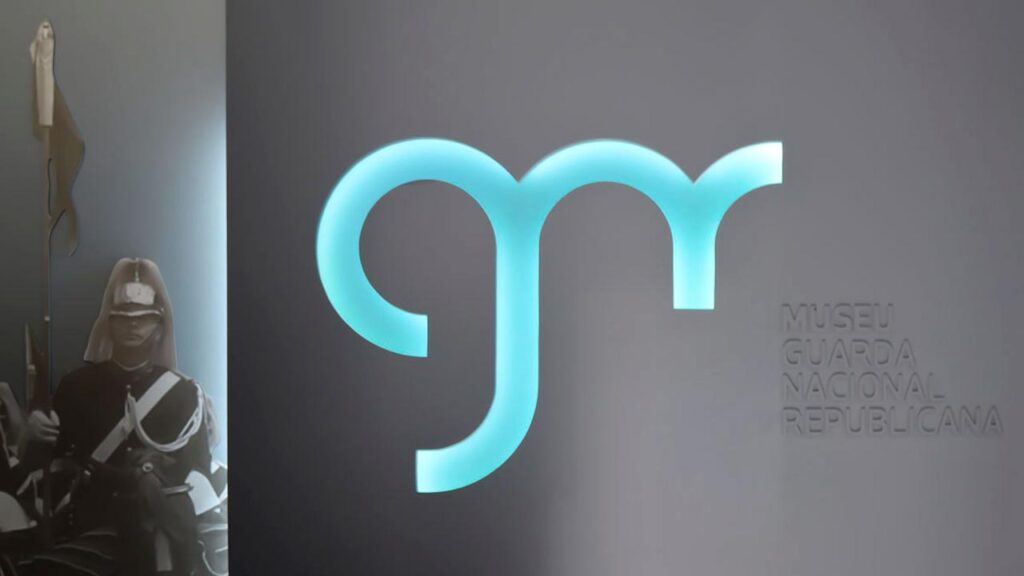Original article published on 25 April 2018
In the month in which we celebrate Freedom, we bring to you the Museu da GNR (Museum of the National Republican Guard), in the Carmo Barrack, one of the decisive locations of the Carnation Revolution, in the heart of the historic centre of Lisbon.
Within this theme, also read:
– The Museum of Aljube – Resistance and Freedom, an Essential Lesson
– 25th of April 1974 Landmarks in Lisbon
The important and of great quality collection of this museum allows us to go through history, from the origins of the old Carmo Convent and its founder, the earthquake of 1755 and the emergence of the first predecessor forces, to the creation of the National Republican Guard.
And it’s the location of this museum that takes us back to the determinant day of 25th of April 1974.
Inside the Carmo Barrack, headquarters of the general command of the GNR, bastion of defence of the dictatorial power, important members of the government took refuge. Outside, revolutionary soldiers and a crowd of people, side by side with the chaimites (light Portuguese military vehicle used in the Portuguese colonial war) waited in euphoria for the unfolding of events.
After a few hours of tension, prime minister, Marcello Caetano surrendered, thus putting an end to the long dictatorship of Estado Novo (nationalist corporatist authoritarian regime installed in Portugal from 1933 to 1974).
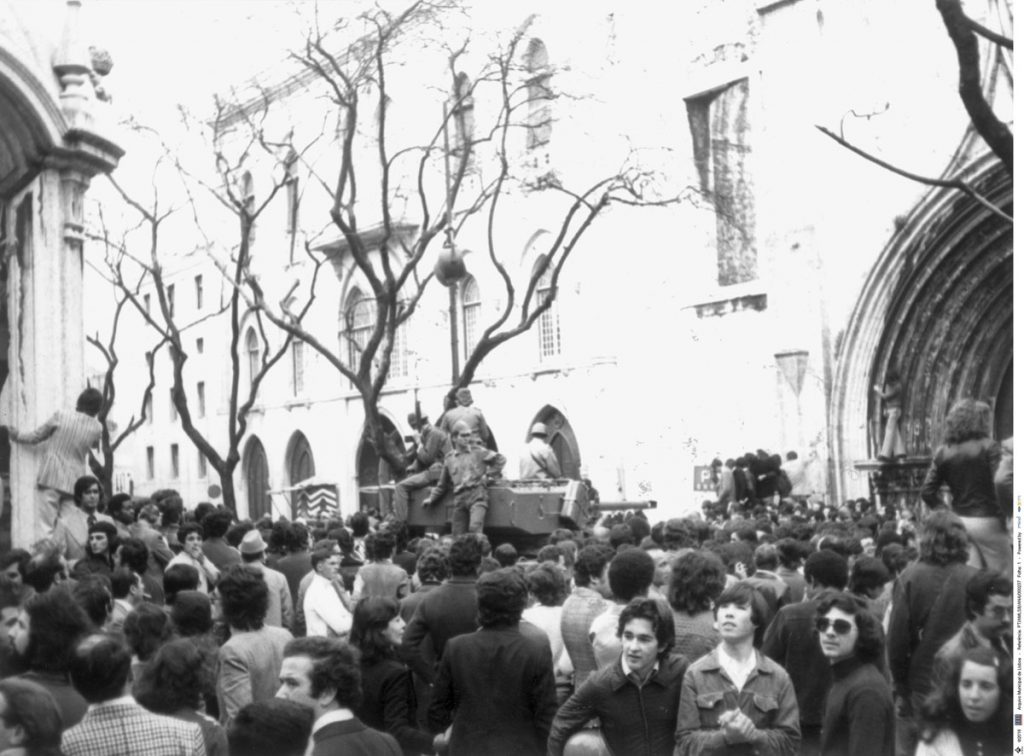
From a Convent to a Barrack
The construction of the old Santa Maria do Carmo Convent dates back to the 14th century, led by the will and religious devotion of its founder, the Constable of the Kingdom, D. Nuno Álvares Pereira.
The Church and the Carmo Convent stand out by the imposing Gothic architecture and also as a centre of power, study and spirituality. The choice of its location tells a lot about its founder. A prestigious military man of great strategic vision, as rich and powerful as the King himself, who thus affirmed his position and power on the hill opposite to the Castle. This work was not easy due to the difficult terrain conditions, but the perseverance of its founder associated with the introduction of new technologies was stronger.
Centuries later, in 1755 the earthquake that shook the city of Lisbon struck with violence these buildings, especially the church. Its reconstruction was initiated but ended up being interrupted due to the extinction of the Religious Orders in 1834. The Romantic era, characteristic of the 19th century, chose to keep the gothic ruins as a memorial of the catastrophe.
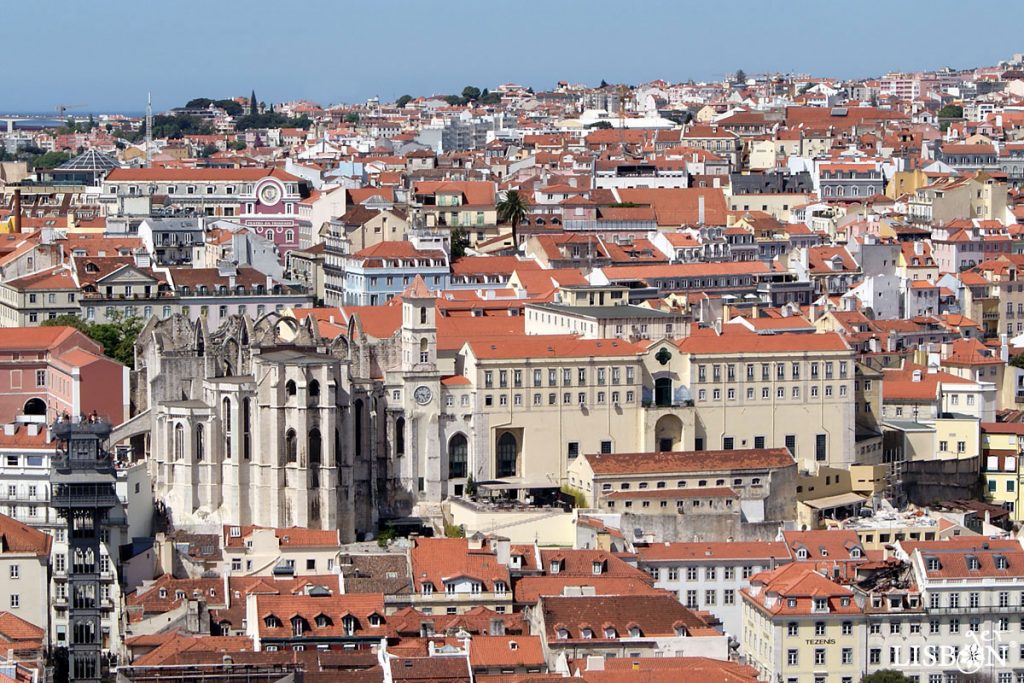
In 1801 the Police Royal Guard occupied the installations of the abandoned part of the convent, turning it into a barrack. This location was strategically chosen, seeing that not only the epicentre of the reconstruction of the city was here but also its outlook was ideal for surveillance.
From 1868 this barrack became the General Command of the Municipal Guards of Lisbon and Porto; switching to the Republican Guard in 1910, and to the Republican National Guard in 1911. Finally, from the Republic to our days, it has been GNR’s General Command.
Museu da GNR
The Museu da GNR, open since May 2015, isn’t one of the best known museums by the tourists and public in general.
But this original museum that is only 450m2, can transport the visitor to another historic dimension through a circuit and a very well organised space. This project that was run by the Command of GNR, specifically by the Division of History and Culture of the Guard with the collaboration of the architect José Cid, appeals to our senses through colour, luminosity and sounds.
The history of GNR is intrinsically connected to the history of Portugal and of Lisbon in particular. Here you can find a rich collection that gathers pieces of different typologies from the 14th century to the present, divided into several nuclei.
The circuit of the Museu da GNR begins through a theatrically illuminated corridor that takes us back to another time. We soon find reference to the three major themes: founder Nuno Álvares Pereira, GNR and the 25th of April.
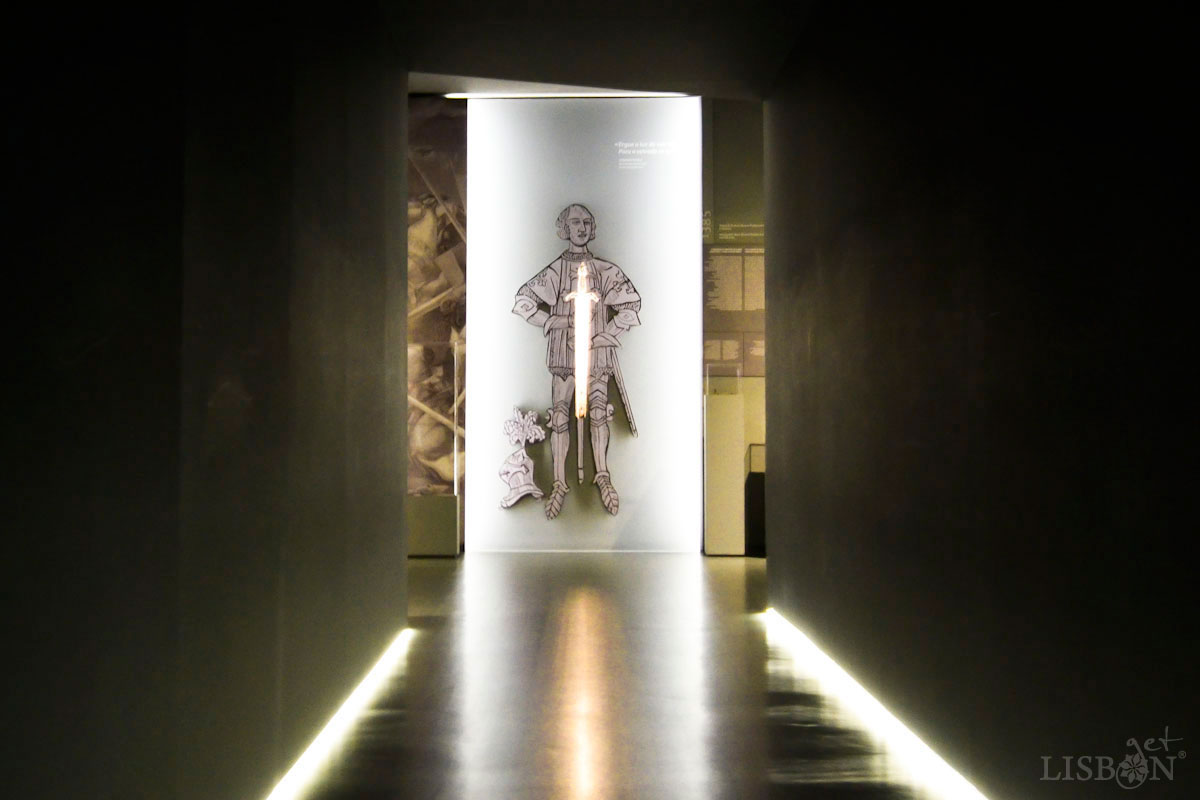


The Founder, GNR and the Revolution of April
Here Nuno Álvares Pereira is highlighted. The mythic historic figure of the end of the 14th century, the Knight, the Constable of the Kingdom and posteriorly Carmelite Friar, that was later beatified. At the end of his life, he lived deprived of his goods and retreated as a Friar in the convent he ordered built, until his death in 1431.
This controversial personality, hero of the Battle of Aljubarrota of 1835, was not only the founder of this building, but also a notable military, linked to the first security force of the kingdom, the Corpo de Quadrilheiros instituted in 1383, first predecessor of the GNR and of every National Police Forces.
The history and memory of the National Republican Guard and its predecessors is shown through an appealing collection of testimonies such as photographs, documents and artefacts. You can see uniforms, weapons, state decorations, flags, artistic objects, vehicles, musical instruments or objects from the daily life.
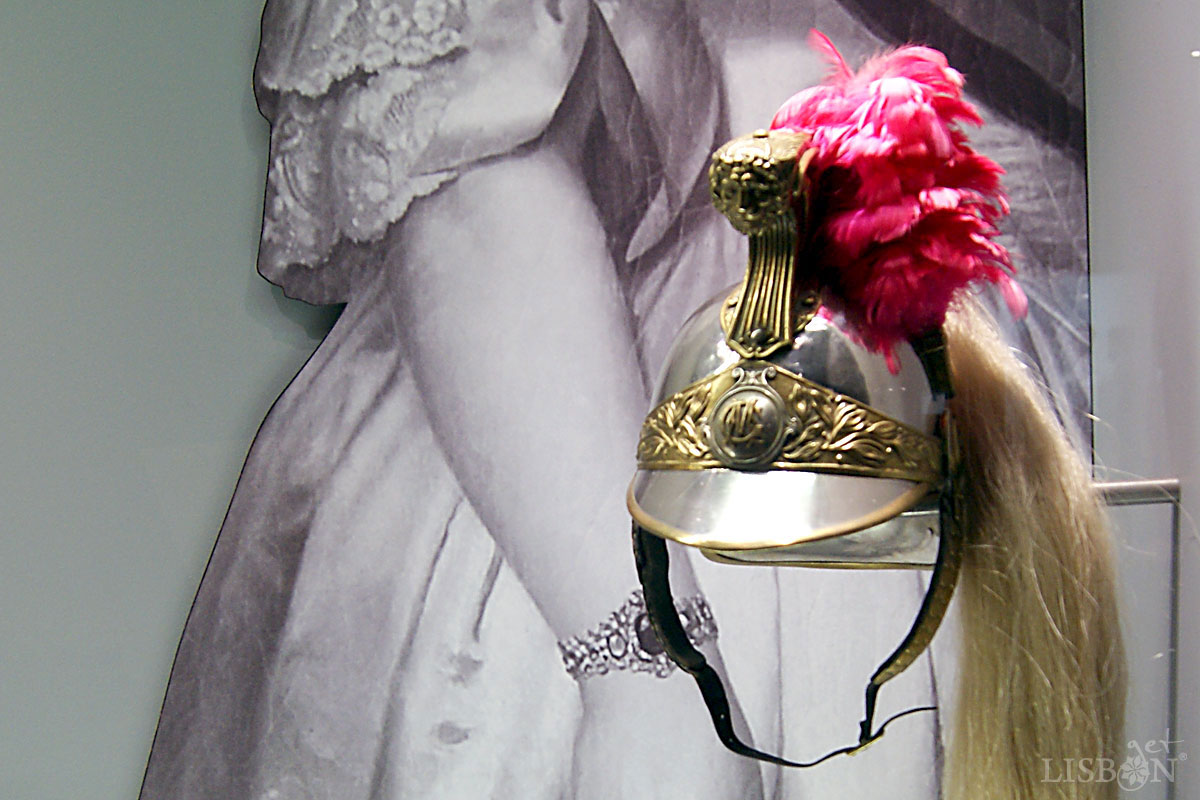
In this space you can see objects linked to the extinct Fiscal Guard, a centenary institution that was integrated in the GNR in 1993, and objects that are particularly curious connected to the criminal investigation from the 1950’s, as well as the restoration of a GNR station and a classroom destined to the education and alphabetization of the militaries.
Also noteworthy are two small rooms, simulations of a World War I trench and a wolfram mine from 1939-1945, emblematic images of the different roles Portugal played in the two major international conflicts of the 20th century.
In addition, the new national and international roles of the GNR in the democratic Portugal are also present. However, the Censorship Services which operated here from its creation in 1926 until 1934, and entire dark period of dictatorship marked by violence and repression, are displayed here.
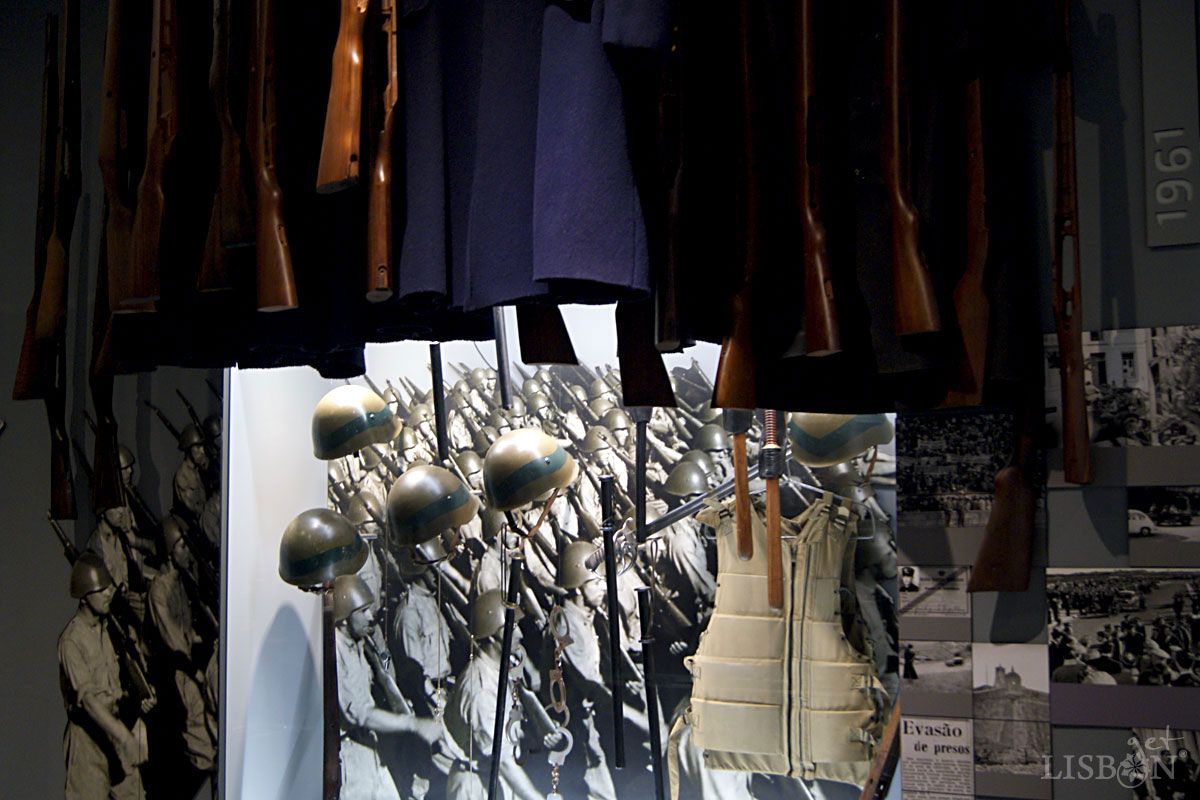
The 25th of April is present in emblematic pieces, from which we highlight elements of the Captain Salgueiro Maia’s uniform, one of the main protagonists of the revolution and Marcello Caetano’s armchair where, at the end of the day, he waited for the unfolding of events.
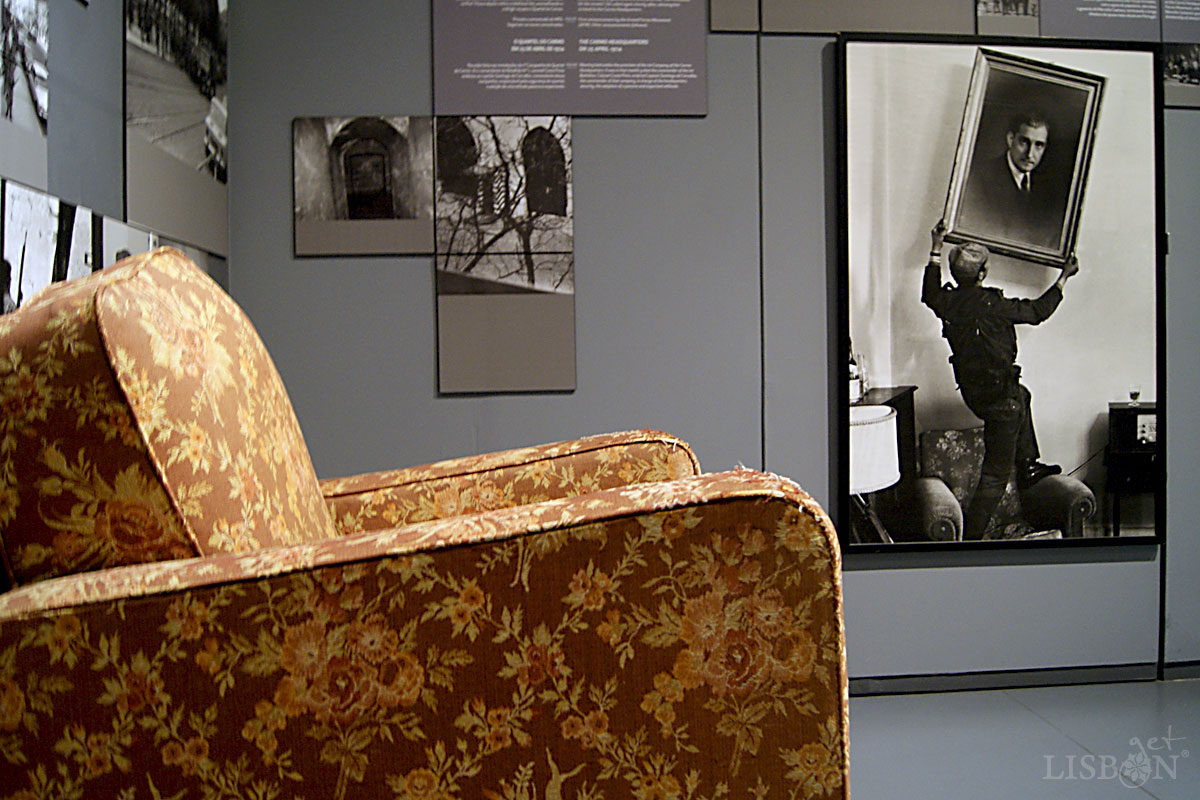
| Never miss another article | Subscribe here |
Guided Tours
Through prior appointment, the Museu da GNR is available to give group guided tours and to the possibility of accessing the Salão Nobre and the amazing balcony from where you can enjoy a privileged view over Rossio, in a panoramic view from the Hill of São Roque to the Tagus river.
Get to know Lisbon’s historic neighbourhoods in a guided tour and discover unmissable places of this magnificent city.
The project getLISBON has been very rewarding and we want to continue revealing the singularities of fascinating Lisbon.
Help us keep this project alive!
By using these links to make your reservations you’ll be supporting us. With no extra costs!
• Looking for a different experience? We can create a customised itinerary based on your interests. Contact us!
• Or if you prefer tours and other activities in various destinations, take a look at GetYourGuide.
• Save time and money with a flexible Lisbon Card!

